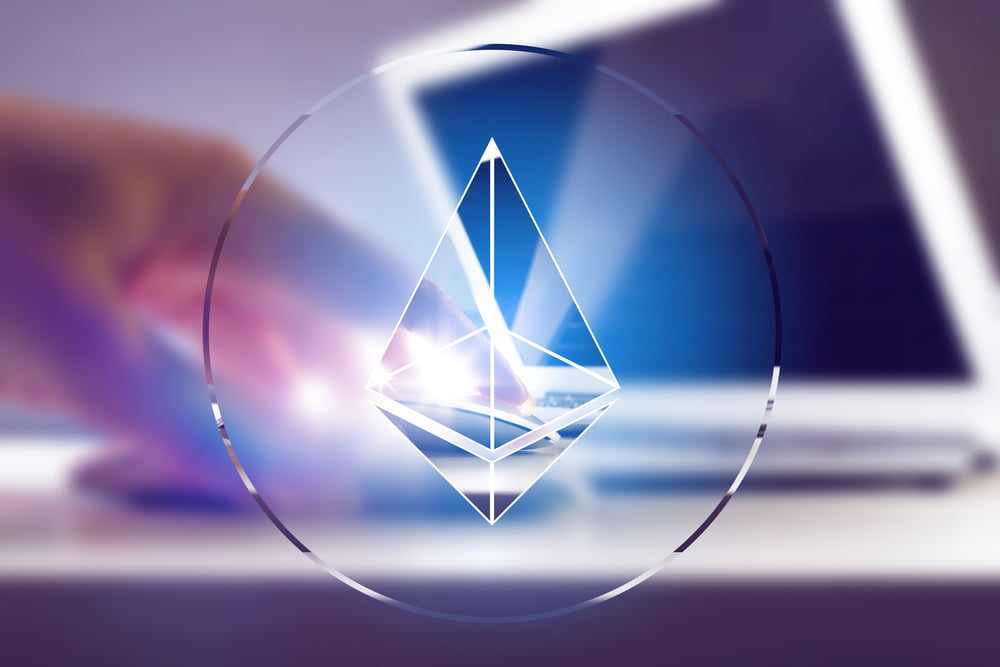Whereas a lot of cryptocurrency projects tend to fail within the first year or so, there are others which stick around for multiple years. At first, there were genuine concerns as to whether or not Ethereum would stick around for more than a year or two. Today, the project celebrates its fourth birthday since the release of “Frontier” on July 30, 2015.
Ongoing Upgrades Push Ethereum Ahead
For a cryptocurrency and blockchain project on the scale of Ethereum, innovation plays a key role. It is evident the developers have been working hard on fixing a lot of the aspects provided by this project, which is marked by the several “key releases” the project has gone through in recent years. Frontier was the first major release, followed by Homestead in March of 2017 and Metropolis part 1 in October 2017. Earlier this year, Metropolis part 2 was released, which took the ecosystem to a new level.
During all of these key milestones, the Ethereum network saw vast improvements in terms of smart contracts, transaction fees, block rewards, and so forth. Further upgrades and improvements will be presented during the Serenity upgrade, although there is no official release date for this soft fork as of yet. If the previous schedule is anything to go by, it should occur roughly 18 months after the previous milestone, which would make the tentative release date in August of 2020. Things are always subject to change in this regard.
The Enterprise Ethereum Alliance
One of the bigger developments affecting this project in a non-technical manner is the creation of the Enterprise Ethereum Alliance, or EEA. Initially announced in March of 2017, the EEA got a lot of attention because numerous Fortune 5600 companies were part of it. The 30 founding members set the tone for what this initiative was all about, which inspired many other companies, startups, and research groups to follow suit in the years to come.
As the name suggests, the EEA is designed to promote the use of Ethereum’s technology in the enterprise sector. With members including Deloitte, Accenture, CME Group, ING, and the National Bank of Canada, there appears to be a lot of genuine interest in what this ecosystem has to offer. Currently, there are well over 150 members in the EEA, albeit that number is expected to increase over the coming years.
Permissioned Ethereum Ledgers
Whereas most blockchain and cryptocurrency enthusiasts aim to develop on top of Ethereum directly, the corporations working on this technology are doing things a bit differently. To date, multiple versions of Ethereum’s blockchain exist in a permissioned version, which allows companies to explore many different use cases. The better known permissioned versions are known as Quorum – used by JP Morgan Chase – and Pantheon, which is used by ConsenSys.
dApp Development Continues Unabated
Based on the technology stack Ethereum provides to developers, it is not too surprising to learn that there are over 2,000 decentralized applications – or dApps – available as of right now. Despite this high number, the daily active users are still relatively limited, which has been a point of criticism for a while. This is not necessarily due to the dApps not being built properly, but rather because the entire dApp industry struggles to entice users who are not actively involved in cryptocurrency right now. It is also worth pointing out one in five Ethereum dApps created to date have seemingly been abandoned, which is a worrisome statistic.
Disclaimer: This is not trading or investment advice. The above article is for entertainment and education purposes only. Please do your own research before purchasing or investing into any cryptocurrency or digital currency.

